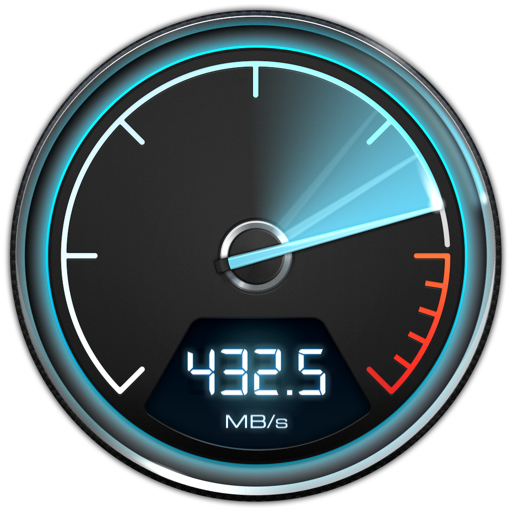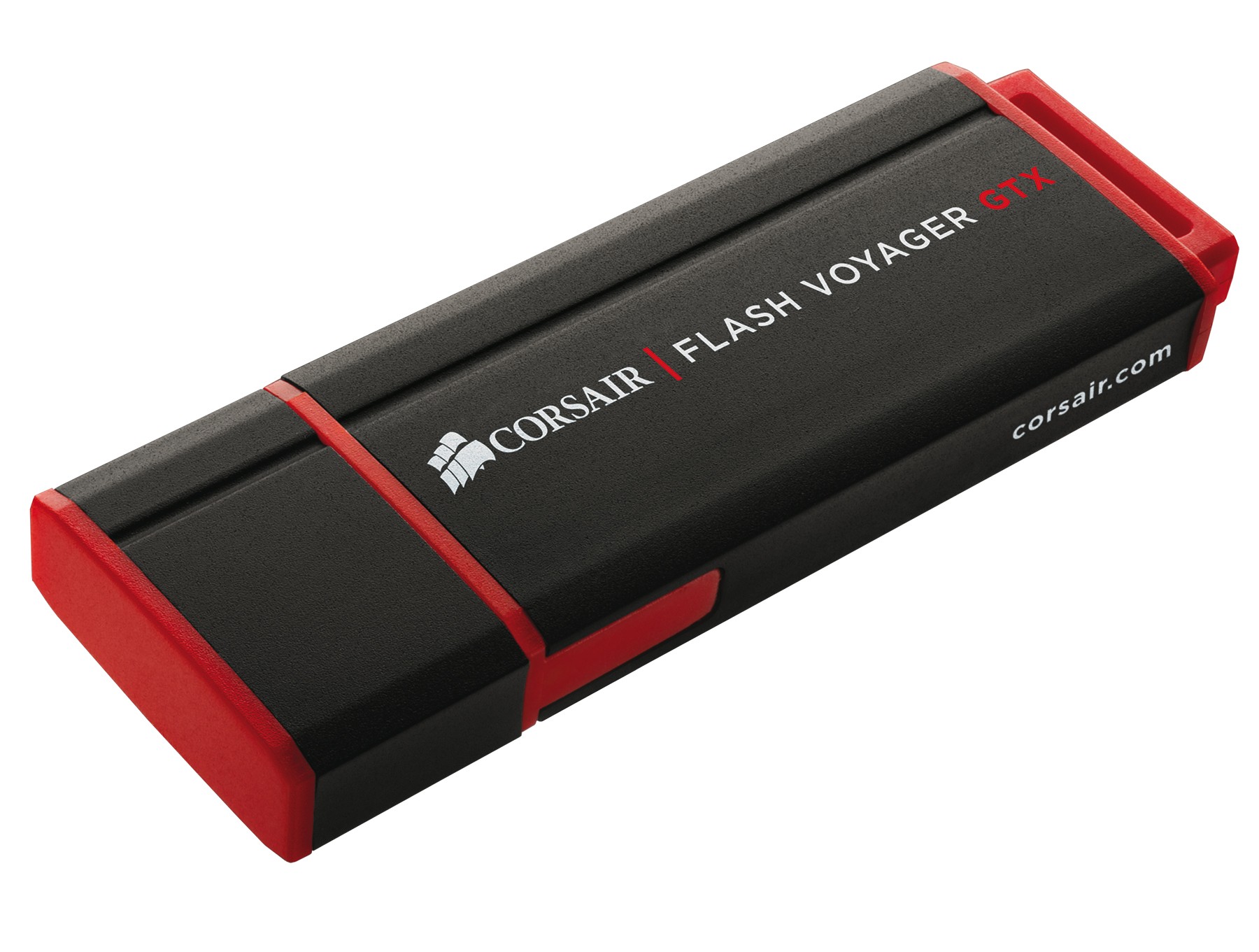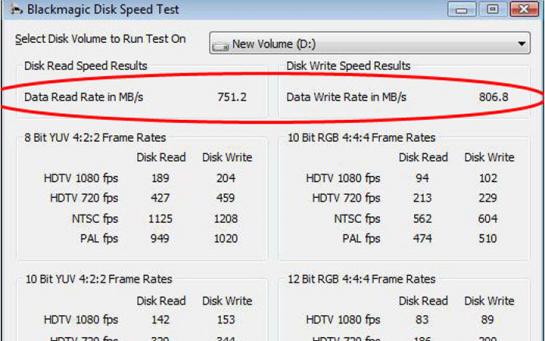
- #Blackmagic disk speed test left file on for free
- #Blackmagic disk speed test left file on how to
- #Blackmagic disk speed test left file on mac os
- #Blackmagic disk speed test left file on update
#Blackmagic disk speed test left file on mac os
This drag-to-delete method works in all versions of Mac OS X.

Drag Blackmagic Disk Speed Test to the Trash (or right click on it and then select Move to Trash option).Open up the Finder, click Applications on the left side, and then select Blackmagic Disk Speed Test.Option 1: Drag Blackmagic Disk Speed Test icon to the Trash If Blackmagic Disk Speed Test cannot be quit normally, you can select the app in Activity Monitor, click the large red “Quit Process” button in the left corner and click Force Quit button in the pop-up dialog. To deactivate an app, right click its icon in the dock and select Quit option (or choose Blackmagic Disk Speed Test > Quit Blackmagic Disk Speed Test on the Menu bar).Īlso, you can access the Activity Monitor (located in /Applications/Utilities/ folder), and see if there is any background process pertaining to the app. Prior to the removal of Blackmagic Disk Speed Test, you should first log into your Mac with an administrator account, and turn Blackmagic Disk Speed Test off if it is running.
#Blackmagic disk speed test left file on how to
In this post we will discuss the following questions: (1) What is the correct way to uninstall Blackmagic Disk Speed Test? (2) How to ensure all its accompanying components are removed safely? And (3) is there a shortcut for both Mac novices and experts to take to accomplish Blackmagic Disk Speed Test removal effortlessly? Conventional Steps to Uninstall Blackmagic Disk Speed Test for Mac

Even for the experienced users, they may also get lost when trying to uninstall a problematic, stubborn or even malicious application. In the latter case it is quite necessary to clean out those junk files from your Mac for complete removal.įor some novice users, they may have no idea how to remove Blackmagic Disk Speed Test in a proper way. These vestiges can be very small in size, thus leaving them alone may not affect your Mac performance, yet they can also be a large chunks of useless files that occupy a large portion of your hard drive space. However, a fact is often neglected that, even the stand-alone software may might still leave its configuration and preferences files on multiple system directories after you carry out a basic uninstall. Generally speaking, most Mac applications are separate bundles that contain the executable and any associated resources for the app, and therefore users can easily remove any unwanted software (if they are installed properly) from their Macs. In normal cases Mac users just need to simply drag and drop the target app to the Trash and then empty the Trash to perform the standard uninstallation. Uninstalling applications in macOS/Mac OS X is quite different from that in Windows operating system. Things you should know about Mac app removal: How to uninstall Blackmagic Disk Speed Test on Mac computer? If you encounter problem when trying to delete Blackmagic Disk Speed Test as well as its associated components, read through this removal tutorial and learn about how to perfectly remove any unwanted applications on your Mac.
#Blackmagic disk speed test left file on for free
You can download the Blackmagic Speed Test for free now on Blackmagic's Support site.Remove Blackmagic Disk Speed Test effectively - Mac Uninstall Guide
#Blackmagic disk speed test left file on update
Surprisingly, it appears to be MacOS only, we aren't sure if a PC version will come out, but we hope it will considering the greater power to update a PC. Or simply shooting a lower resolution or different compression setting your machine could handle. This is the kind of info that would be really hard to get without a dedicated app, and could easily justify purchasing an external GPU (perhaps to one sold by Blackmagic) or upgrading the internal.

As you can see in the above screencap, for certain resolution/framerate combinations, the CPU can handle it, but the GPU (metal, in this case), can't. With the new tool, you can evaluate a system and make decisions if you want to upgrade and what format to shoot accordingly.


 0 kommentar(er)
0 kommentar(er)
